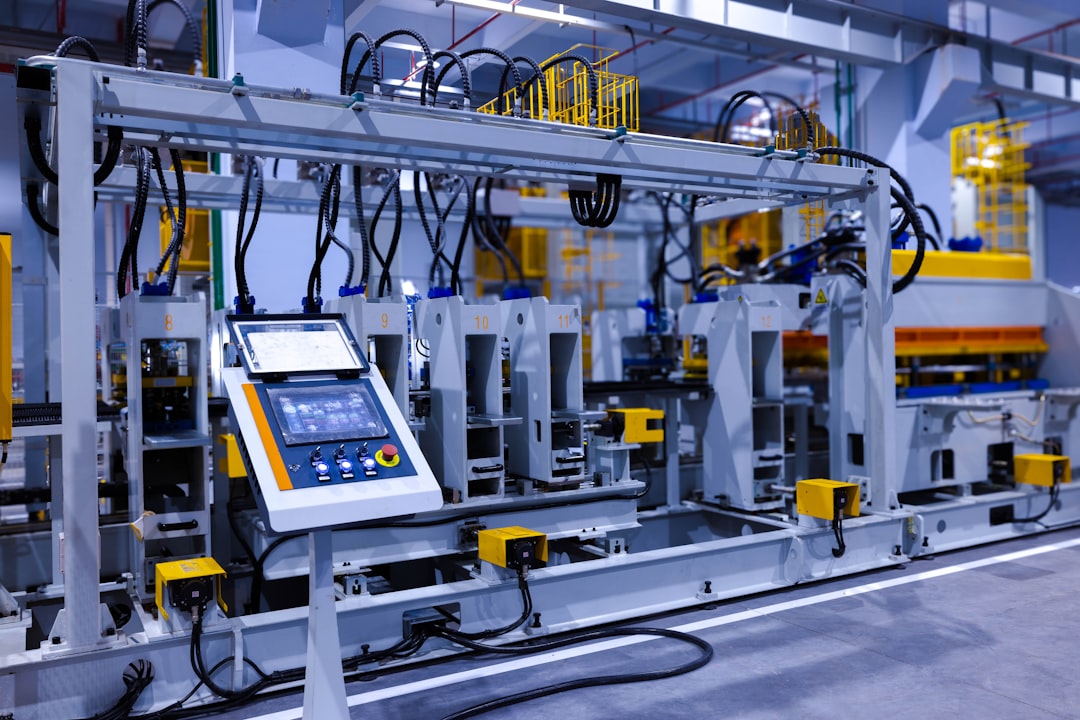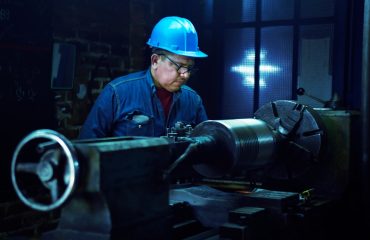The steel industry, a cornerstone of global infrastructure and manufacturing, is undergoing a dramatic transformation driven by relentless research and development (R&D). This isn’t just about incremental improvements; it’s a revolution fueled by advancements in material science, manufacturing techniques, and a growing demand for sustainable and high-performance steel products. This post delves into the exciting world of steel R&D, exploring the key areas driving innovation and shaping the future of this essential material.
1. Advanced Steel Alloys: Pushing the Boundaries of Strength and Durability
The quest for stronger, lighter, and more durable steel has led to the development of advanced alloys with tailored properties. Researchers are exploring the addition of various elements like manganese, silicon, niobium, and vanadium to enhance tensile strength, yield strength, and toughness. These modifications often lead to improved weldability, corrosion resistance, and fatigue life. For example, high-strength low-alloy (HSLA) steels are increasingly used in automotive applications to reduce vehicle weight and improve fuel efficiency. Furthermore, research into duplex stainless steels, combining austenitic and ferritic microstructures, offers exceptional corrosion resistance and mechanical properties, making them ideal for demanding environments like offshore oil and gas platforms.
2. Innovative Manufacturing Processes: Efficiency and Precision Redefined
R&D in steel manufacturing is not just about the material itself; it’s also about how it’s produced. Significant advancements are being made in areas like additive manufacturing (3D printing) for steel, allowing for the creation of complex geometries and customized parts with exceptional precision. This technology is particularly promising for the creation of lightweight components and tooling. Similarly, advancements in casting and rolling processes are improving efficiency, reducing energy consumption, and enhancing the consistency of the final product. The use of advanced sensors and data analytics is optimizing these processes, leading to higher quality and reduced waste.
3. Sustainability in Steel Production: Minimizing Environmental Impact
The steel industry is a significant energy consumer and greenhouse gas emitter. R&D is crucial in addressing these environmental concerns. Researchers are exploring various methods to reduce carbon emissions, including the development of carbon capture and storage (CCS) technologies, the use of alternative energy sources like hydrogen in steelmaking, and the optimization of existing processes to minimize energy consumption. Furthermore, research into the recycling and reuse of steel scrap is vital for creating a circular economy and reducing the need for virgin raw materials. The development of bio-based binders for iron ore pellets is another promising avenue for reducing the environmental footprint of steel production.
4. Advanced Coatings and Surface Treatments: Enhanced Performance and Longevity
Protecting steel from corrosion and wear is critical for extending its lifespan and maintaining its performance. R&D in coatings and surface treatments is constantly evolving, with new technologies offering enhanced protection against harsh environments. Advanced coatings like zinc-aluminum alloys, ceramic coatings, and polymer coatings provide superior corrosion resistance compared to traditional methods. Furthermore, research into surface modification techniques like laser cladding and thermal spraying allows for the application of specialized coatings with tailored properties, such as increased hardness, wear resistance, or thermal insulation. These advancements extend the life of steel structures and components, reducing maintenance costs and waste.
5. Applications of Steel in Emerging Technologies: Meeting Future Demands
Steel’s versatility makes it a key material in a wide range of applications, and R&D is driving its integration into emerging technologies. For instance, high-strength steels are crucial for the development of lighter and more efficient vehicles, while advanced alloys are essential for the construction of wind turbines and offshore structures. Research into the use of steel in additive manufacturing is opening up new possibilities for creating complex components for aerospace and medical applications. Furthermore, the development of magnetic steel alloys is crucial for advancements in energy storage and renewable energy technologies. Steel’s adaptability ensures its continued relevance in a rapidly evolving technological landscape.
The future of steel is bright, driven by continuous innovation in research and development. The advancements discussed above are just a glimpse into the ongoing efforts to improve the properties, manufacturing processes, and sustainability of this essential material. As R&D continues to push boundaries, we can expect even more groundbreaking innovations in the years to come, shaping a future built on stronger, smarter, and more sustainable steel.
SEO Tags:
- Steel R&D
- Steel Innovation
- Advanced Steel Alloys
- Steel Manufacturing Processes
- Sustainable Steel Production




